At PacLights, we understand the importance of a well-designed parking lot lighting plan. Proper illumination is essential for safety, security, and overall functionality of any parking area.
Creating an effective lighting strategy involves careful consideration of various factors, from fixture selection to smart technology integration. This guide will walk you through the key elements of developing a comprehensive parking lot lighting plan that meets safety standards, complies with regulations, and maximizes energy efficiency.
Key Parking Lot Lighting Requirements
Safety and Security: The Top Priority
Safety stands as the cornerstone of parking lot design. Adequate lighting prevents accidents, deters crime, and fosters a secure environment for users. The Illuminating Engineering Society (IES) recommends minimum horizontal illuminance of 0.5 foot-candles and minimum vertical illuminance of 0.25 foot-candles for enhanced security conditions. However, we recommend exceeding these minimums for better safety.
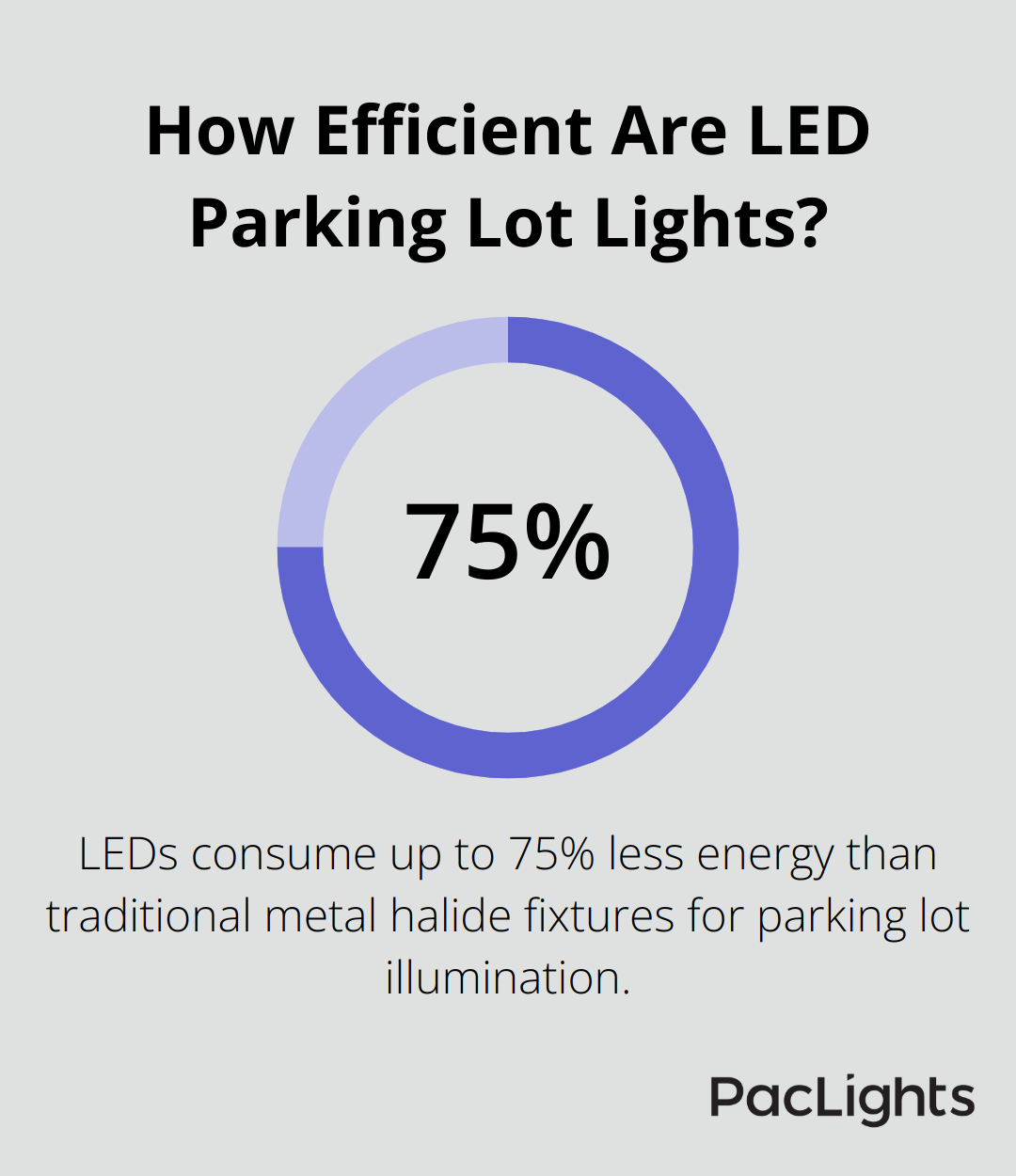
Uniform lighting eliminates dark spots where accidents or crimes could occur. Try to maintain a uniformity ratio (average to minimum illumination) of 4:1 or better. This ensures consistent visibility across the entire parking area.
Local Regulations and Codes: Compliance Matters
Parking lot lighting must adhere to local ordinances and building codes. These regulations often specify minimum light levels, maximum light pollution, and energy efficiency standards. Many municipalities now require full cut-off fixtures to reduce light trespass and glare.
Before you finalize your lighting plan, consult your local planning department or a lighting professional familiar with regional requirements. This step will help you avoid costly redesigns or fines in the future.
Energy Efficiency: A Modern Necessity
Energy efficiency has evolved from a cost-saving measure to a legal requirement and a key component of corporate sustainability initiatives. LED lighting has become the preferred solution for energy-efficient parking lot illumination. LEDs consume up to 75% less energy than traditional metal halide fixtures and boast a significantly longer lifespan, reducing both energy costs and maintenance expenses.
To maximize efficiency, consider these strategies:
- Select fixtures with high lumens per watt ratings (100+ lm/W is excellent).
- Implement lighting controls such as timers, photocells, and motion sensors.
- Design for appropriate light levels without over-lighting, which wastes energy.
Color Temperature and Rendering: Enhancing Visibility
The color temperature of your lighting affects both aesthetics and functionality. Cooler temperatures (4000K-5000K) provide better visibility and alertness, making them ideal for parking lots. However, warmer temperatures (2700K-3000K) might be preferred in residential areas for a softer ambiance.
Color rendering index (CRI) measures how accurately a light source reveals colors compared to natural daylight. A higher CRI (80+) improves object recognition and enhances security camera footage quality.
Future-Proofing: Adaptability and Scalability
As technology advances, your parking lot lighting should adapt. Choose fixtures and control systems that allow for easy upgrades and integration with future smart city initiatives. This foresight will save you time and resources in the long run.
Now that we’ve covered the key requirements, let’s explore how to select the right components to bring your parking lot lighting plan to life.
Crafting Your Parking Lot Lighting Blueprint
Select the Right Light Fixtures
The selection of appropriate light fixtures forms the foundation of an effective parking lot lighting plan. LED parking lot lights offer undeniable advantages over traditional lighting options, from enhanced energy efficiency and safety to lower maintenance costs. When choosing fixtures, consider factors such as lumen output, distribution pattern, and durability.
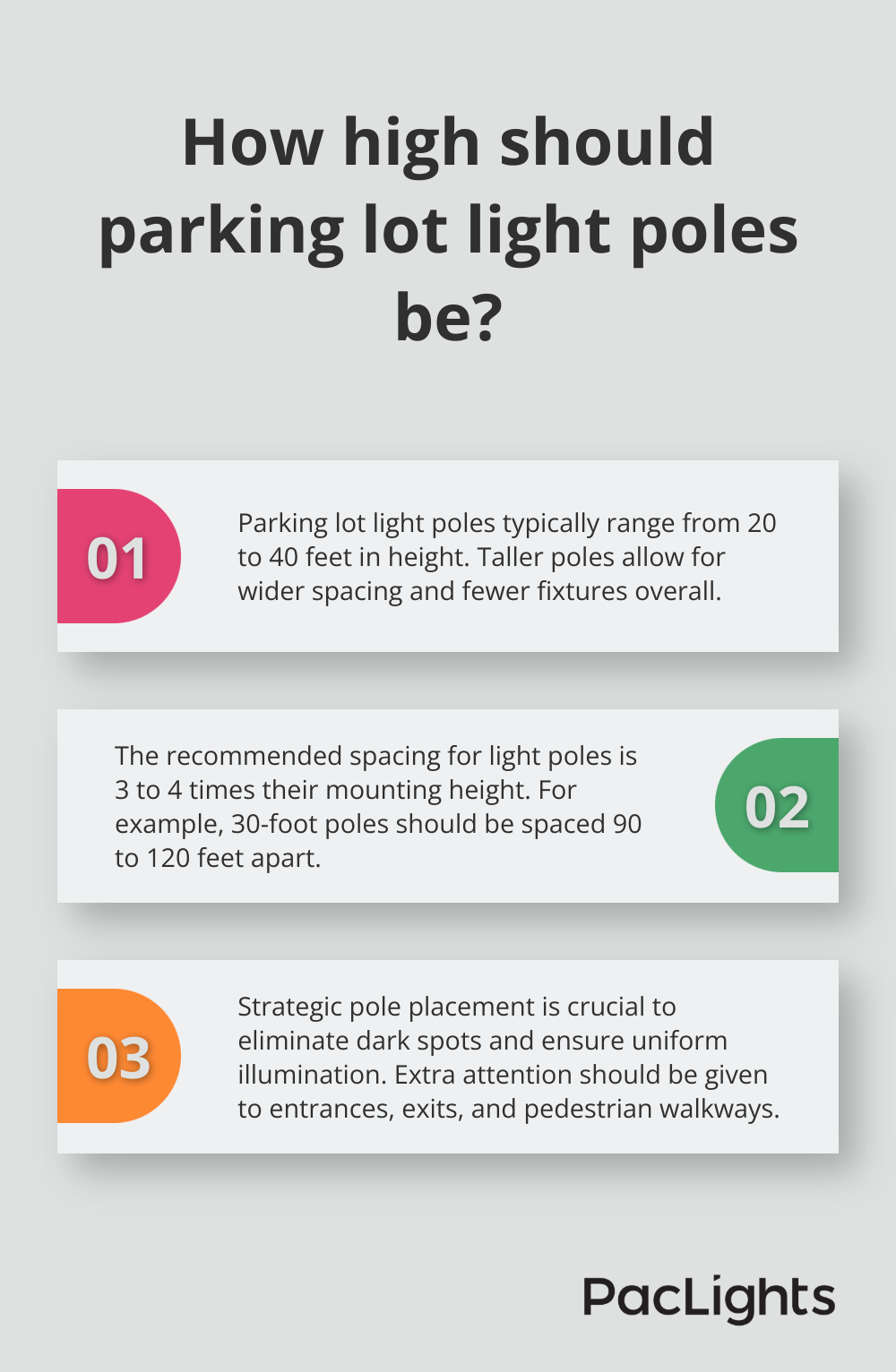
For parking lots, Type III or Type V distribution patterns work best. Type III provides a wider spread of light, perfect for illuminating parking spaces and drive aisles. Type V offers a circular distribution pattern, suitable for open areas or the center of large lots.
Choose fixtures with an IP65 rating or higher to ensure they withstand harsh weather conditions. The Illuminating Engineering Society (IES) recommends fixtures with a minimum efficacy of 100 lumens per watt for optimal energy efficiency.
Optimize Pole Height and Placement
The height and placement of light poles significantly impact the overall lighting quality of your parking lot. Pole heights typically range from 20 to 40 feet, with taller poles allowing for wider spacing and fewer fixtures overall.
A useful guideline is to space poles at 3 to 4 times their mounting height. For instance, 30-foot poles should be spaced between 90 to 120 feet apart. However, this may vary based on your specific lot layout and lighting requirements.
Strategic pole placement eliminates dark spots and ensures uniform illumination. Pay extra attention to entrances, exits, and pedestrian walkways, as these areas often require higher light levels for safety.
Achieve Proper Illumination Levels
Adequate illumination ensures safety and functionality in parking lots. The IES recommends a minimum of 1 foot-candle (fc) for basic parking areas, with higher levels of 2-5 fc for enhanced security or high-activity zones.
Uniformity is as important as overall light levels. Try to achieve a maximum-to-minimum uniformity ratio of 15:1 or better, with an average-to-minimum ratio of 4:1 or better. This ensures consistent lighting across the entire lot, eliminating potentially dangerous dark spots.
Use lighting design software (or consult with a professional) to create a photometric plan. This will help you visualize light distribution and make necessary adjustments before installation.
Fine-Tune Color Temperature and Rendering
The color temperature and rendering of your lighting can significantly impact visibility and overall ambiance. For parking lots, cool white LEDs with a color temperature between 4000K and 5000K provide excellent visibility and help maintain alertness.
Color rendering index (CRI) is another important factor. A CRI of 70 or higher is generally acceptable for parking lots, but try for 80+ if possible. Higher CRI values improve color accuracy, making it easier to identify vehicles and read signage.
Some municipalities have specific requirements for color temperature and CRI. Always check local regulations before finalizing your lighting plan.
The next step in creating an effective parking lot lighting plan involves the implementation of smart lighting solutions. These advanced technologies can further enhance your parking lot’s functionality and energy savings, taking your lighting design to new heights of efficiency and performance.
Smart Lighting Solutions for Modern Parking Lots
Adaptive Lighting with Sensors
Motion sensors and occupancy detection systems transform parking lot lighting. These technologies automatically adjust light output based on activity levels. When sensors detect no movement, lights dim to a pre-set level (typically 20-30% of full brightness). This feature can reduce energy consumption by up to 80% compared to traditional always-on systems.
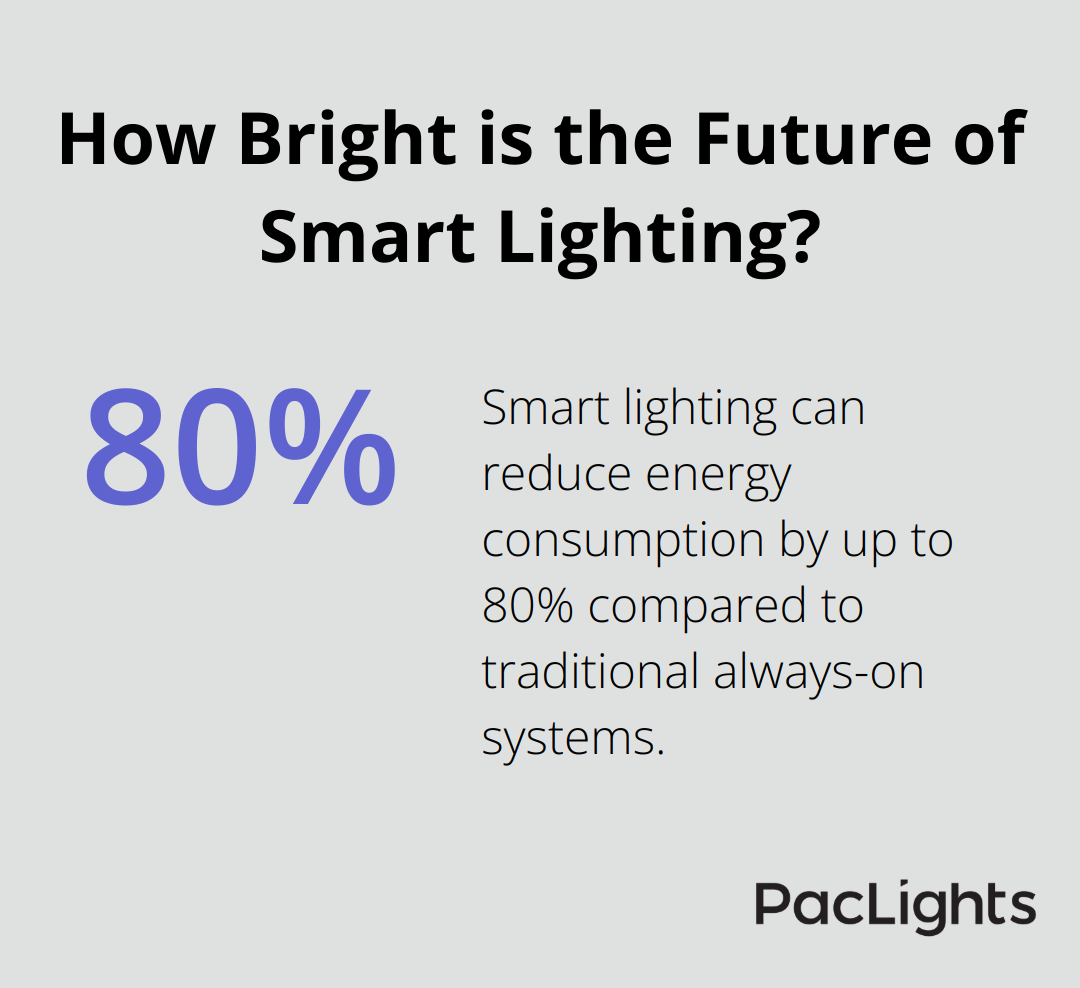
For optimal coverage, we recommend sensors with a detection range of at least 30 feet and a 360-degree field of view. Strategic placement near entrances, exits, and main thoroughfares ensures responsive lighting where it’s most needed. Some advanced systems use machine learning algorithms to predict traffic patterns and adjust lighting preemptively.
Networked Lighting Controls
Networked lighting controls elevate smart parking solutions. These systems allow centralized management of all lighting fixtures, enabling real-time monitoring and adjustment. A study by the Northwest Energy Efficiency Alliance found that networked controls can increase energy savings by an additional 20-30% over standalone sensor-based systems.
We suggest open standards like DALI (Digital Addressable Lighting Interface) or Bluetooth mesh networking for networked controls implementation. These protocols ensure compatibility with various fixtures and allow future expansion or upgrades. Many systems offer cloud-based management interfaces, which allow facility managers to control lighting from any location with internet access.
Integration with Parking Management Systems
Smart lighting solutions are revolutionizing the way we think about illumination in parking lots. Connecting lighting controls to parking guidance systems, security cameras, and electric vehicle charging stations creates a cohesive, responsive parking environment.
Integrated with a parking guidance system, lights can brighten to guide drivers to available spaces. This reduces congestion and emissions from circling vehicles. Linking with security systems allows automatic brightening in response to alerts, which enhances safety and deters criminal activity.
We recommend selecting smart lighting systems with open APIs (Application Programming Interfaces). This ensures easy integration with existing or future parking management technologies, future-proofs your investment, and allows ongoing optimization of your parking facility.
Energy Efficiency and Cost Savings
Smart lighting solutions significantly reduce energy consumption and operational costs. LED fixtures (which consume up to 75% less energy than traditional metal halide lights) combined with smart controls can lead to substantial savings. A Department of Energy study found that parking facilities can reduce lighting energy use by 70-90% through the implementation of LED lighting and advanced controls.
The initial investment in smart lighting systems often pays for itself within 2-5 years through reduced energy and maintenance costs. Long-term savings continue to accumulate over the system’s lifespan (often 10-15 years or more).
Enhanced User Experience
Smart lighting improves the overall user experience in parking facilities. Brighter, more uniform lighting increases perceived safety and comfort. Dynamic lighting that responds to user presence creates a more welcoming environment. Integrated wayfinding through lighting can reduce frustration and time spent searching for parking spaces.
These improvements can lead to increased customer satisfaction and potentially higher occupancy rates for commercial parking facilities. For retail environments, better lighting in parking areas has been linked to increased foot traffic and sales.
Final Thoughts
An effective parking lot lighting plan combines safety, efficiency, and smart technology. It enhances user security, reduces operational costs, and improves property aesthetics. The right fixtures, optimal pole placement, and proper illumination levels form the foundation of a well-designed system.
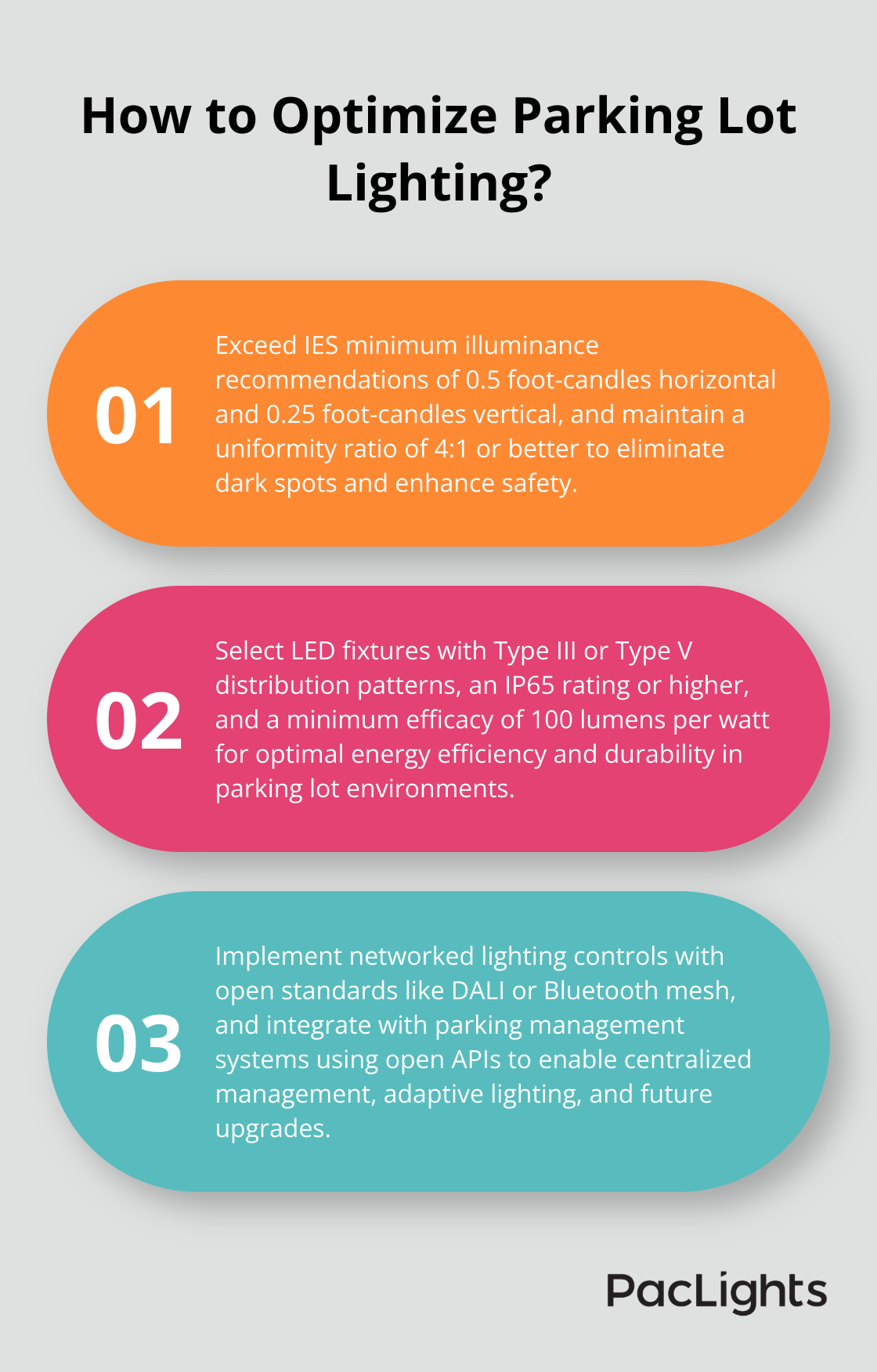
Smart lighting solutions elevate parking lot illumination to new heights. Adaptive sensors, networked controls, and integration with parking management systems create a responsive, energy-efficient environment. These technologies offer significant long-term benefits, including reduced energy consumption and improved user experience.
We at PacLights offer energy-efficient LED fixtures and smart control options for diverse commercial needs. Our team provides free lighting layout designs and ROI assessments to support your parking lot lighting plan. A well-executed plan not only illuminates your space but also contributes to a safer, more cost-effective, and sustainable future.


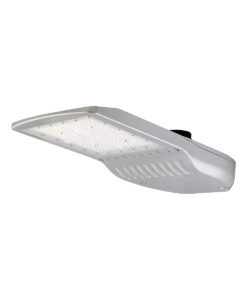
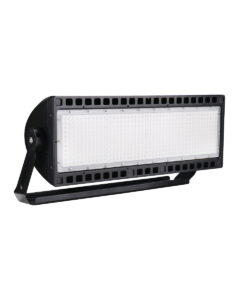
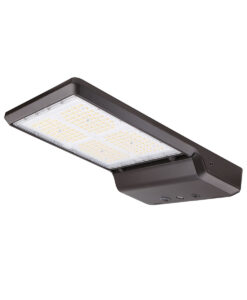
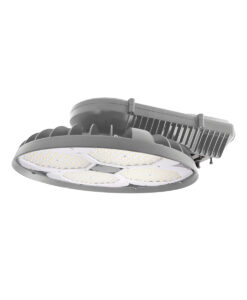
Disclaimer: PacLights is not responsible for any actions taken based on the suggestions and information provided in this article, and readers should consult local building and electrical codes for proper guidance.